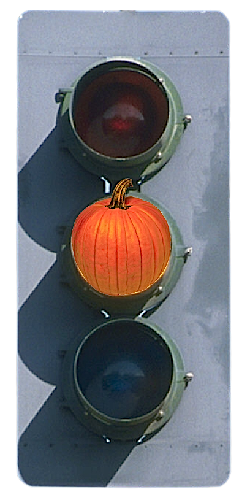Within living memory, a grocery business was considered successful if it earned a margin of three or four percent, but in the late 20th century supermarkets rewrote the rules.

Call it shelf money; marketing assistance; listing fees, the multiples started asking for — and getting — sums in the order of GBP 5000 a year per Stock Keeping Unit (SKU) for listing a product in an agreed number of stores (usually hundreds). Bearing in mind that a large supermarket will stock about 20,000 SKUs, some of which will be furnished by more than one supplier, the country’s major multiples are trousering millions in readies up front, without giving suppliers so much as a cat in hell’s chance of their money back if an SKU is delisted.
There are many ways the multiples can extract whatever money they feel a supplier should cough up: withholding invoice settlements; requiring suppliers to pay for Point Of Sale promotional material; special offers (these are always funded by the supplier); the list is a long one.
So the grocer that used to eke out resources to earn three or four percent has been consigned to history. France’s biggest retailer, Michel-Edouard Leclerc went on the record in October 2007 to say that a hypermarket needs to earn a margin of 25%. I saved the URL*, but Leclerc has deleted the blog post since then, leaving a rather fancy 404 page shown in the picture.

* http://www.michel-edouard-leclerc.com/blog/m.e.l/archives/2007/10/index.php?date=20071025#000727

